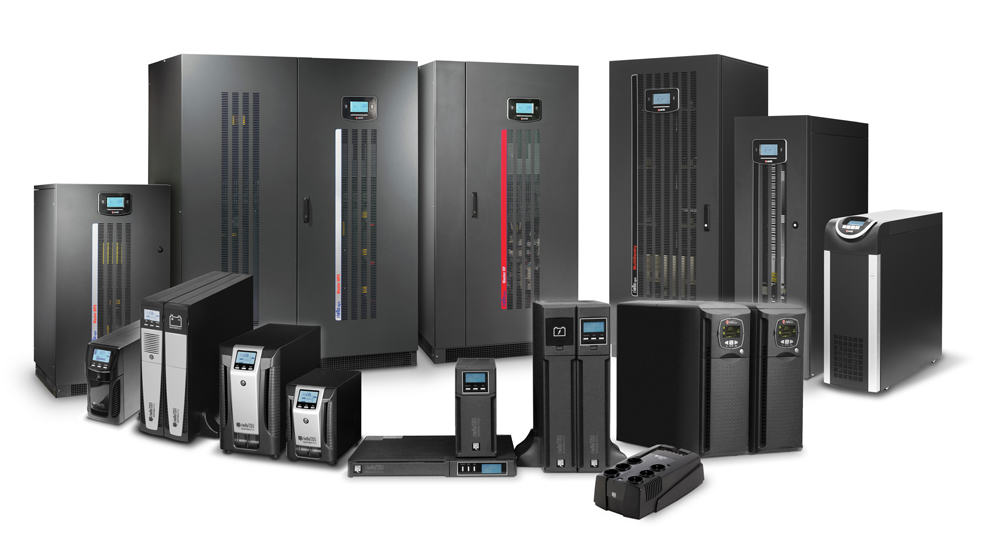What are the differences?
Uninterruptible Power Supply (UPS) systems are lifelines for critical operations, ensuring continuous power even during electrical outages. Central to their functionality are batteries, which store energy for immediate use when needed. One critical decision in configuring a UPS system is how to connect its batteries: in series or in parallel. In this blog, we'll explore the differences between these two methods and the implications for your UPS system if you have any questions or queries please contact us today.
Series Battery Connection
Connecting batteries in series involves linking them end-to-end, with the positive terminal of one battery connected to the negative terminal of the next. This arrangement increases the overall voltage while keeping the current constant. In a series connection, the total voltage across the batteries is additive, and the capacity (measured in ampere-hours, Ah) remains the same as a single battery.
Parallel Battery Connection
In a parallel battery connection, batteries are connected with all positive terminals together and all negative terminals together. This arrangement maintains the voltage while increasing the overall capacity. In parallel, the voltage remains the same as a single battery, but the total capacity is additive.
Key Differences and Considerations
- Voltage vs. Capacity:
- Series: Increases voltage while maintaining capacity.
- Parallel: Maintains voltage while increasing capacity.
- Voltage Compatibility:
- Ensure that the voltage rating of the batteries in a series connection aligns with the UPS system's requirements. Mismatched voltages can damage the UPS.
- Capacity and Runtime:
- Series connections can deliver higher voltage but the same capacity, ideal for applications requiring higher voltage.
- Parallel connections provide increased capacity, which translates to longer runtime during power outages.
- Battery Maintenance:
- Parallel connections can be more forgiving when one battery fails. In series, a single failed battery can disrupt the entire circuit.
- Charging Efficiency:
- Series connections may require more precise charging control to ensure balanced charging of all batteries.
- Parallel connections can be simpler to manage when it comes to charging.
- Load Distribution:
- Parallel connections may provide more balanced load distribution across batteries, potentially extending their lifespan.
Choosing the Right Configuration
The choice between series and parallel battery connections depends on your specific requirements:
- High Voltage Requirements: If your UPS system requires a higher voltage output, a series connection is appropriate.
- Extended Runtime: For longer backup runtime, parallel connections with additional batteries are more suitable.
- Redundancy: Parallel connections offer redundancy, as a failure in one battery does not affect the entire system. This is crucial for mission-critical applications.
- Simplified Management: If you prefer a simpler battery management system, parallel connections can be more forgiving.
The decision to connect batteries in series or in parallel in a UPS system depends on your unique needs. Series connections increase voltage, ideal for high voltage requirements, while parallel connections boost capacity, providing longer runtime and redundancy. Careful consideration of your UPS system's specifications and your operational requirements will help you make the right choice, ensuring that your critical systems remain powered and protected during outages.






